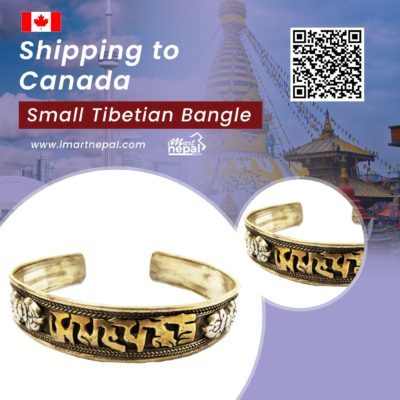
Similar Posts
Get To Know Hindusm | Hindu God & Goddess List
Hindu God and Goddess
Hinduism, often regarded as the oldest religion on the earth has myriad form of the god and goddess. The supreme being, the one of all, the foundation, the formless, universal soul whatever be the word, it refers to the God in Hinduism. The wonderful aspects to discuss here is that in Hindu religion the number of god is not definite to any limits, although the Rigveda tells that there are 33 gods, various forms and incarnation can be found.

Tihar | Festival of Lights
Tihar- Celebration of Lights. It is regarded as the second popular festival in Nepal…
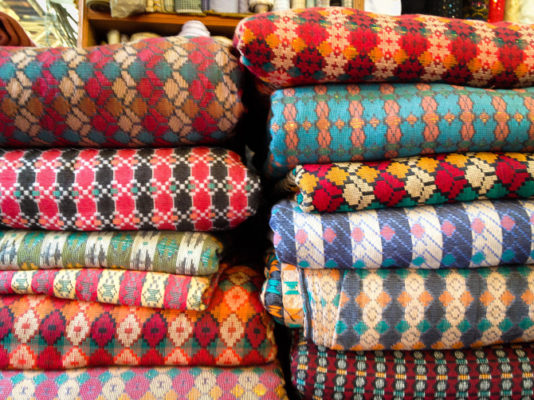
Dhaka Topi and Fabric

What are topis anyway? Are they a symbol of honor, a basic fabric of culture or an utterly exaggerated form of clothing
Each culture that’s proud of its existence has pieces of clothing with stories that go back into the past. A veil or a scarf. A meager hair pin or an exaggerated gown. When it comes to Nepal, there is nothing that can explain our history as clearly as the Nepali topi.

The history of Gurkhas and Khukuri

“Better to die than be a coward” is the motto of the world-famous Nepalese Gurkha soldiers who are an integral part of the British Army. They still carry into battle their traditional weapon curved knife known as the Khukuri.In times past, it was said that once a Khukuri was drawn in battle, it had to “taste blood” – if not, its owner had to cut himself before returning it to its sheath.
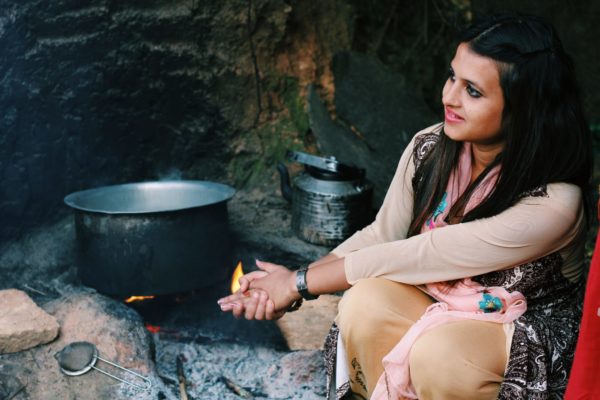
Women empowerment; a challenge in Nepal
A country with geographical and cultural diversity followed by unique unity in diversity represents the…

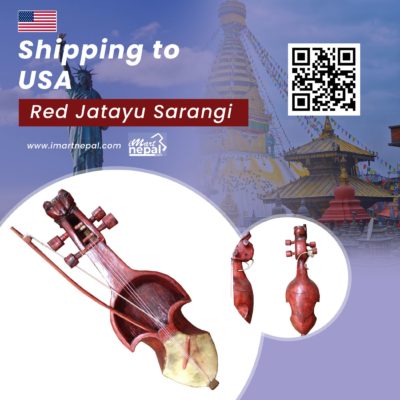
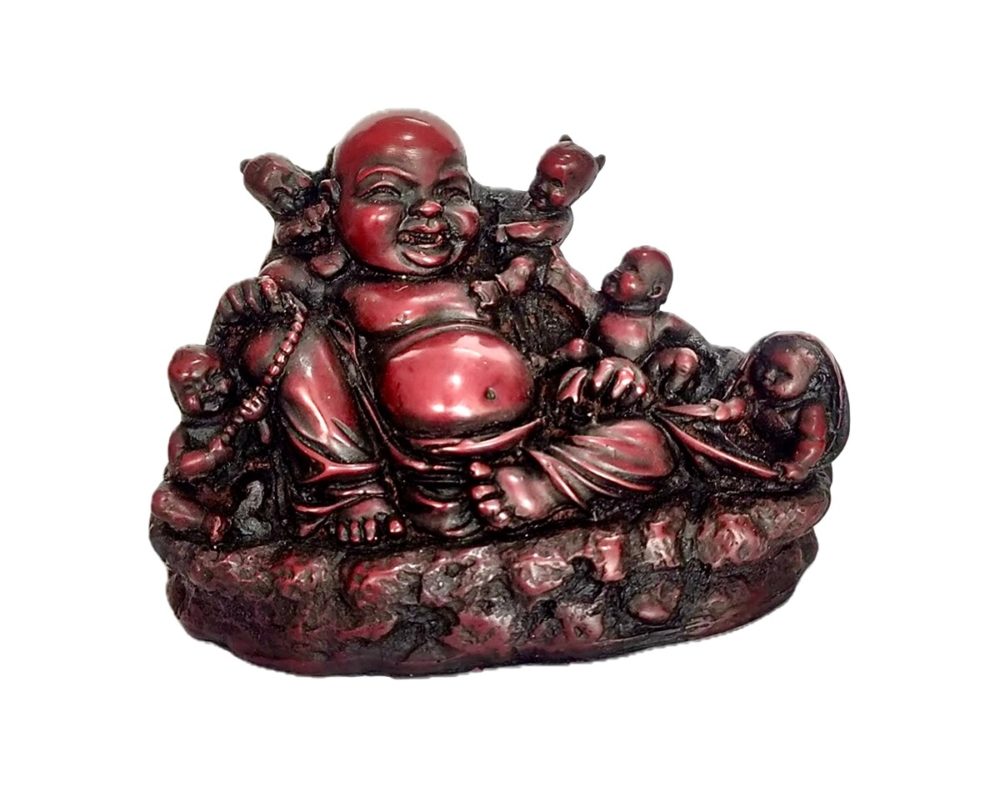 Laughing Buddha with Children
Laughing Buddha with Children